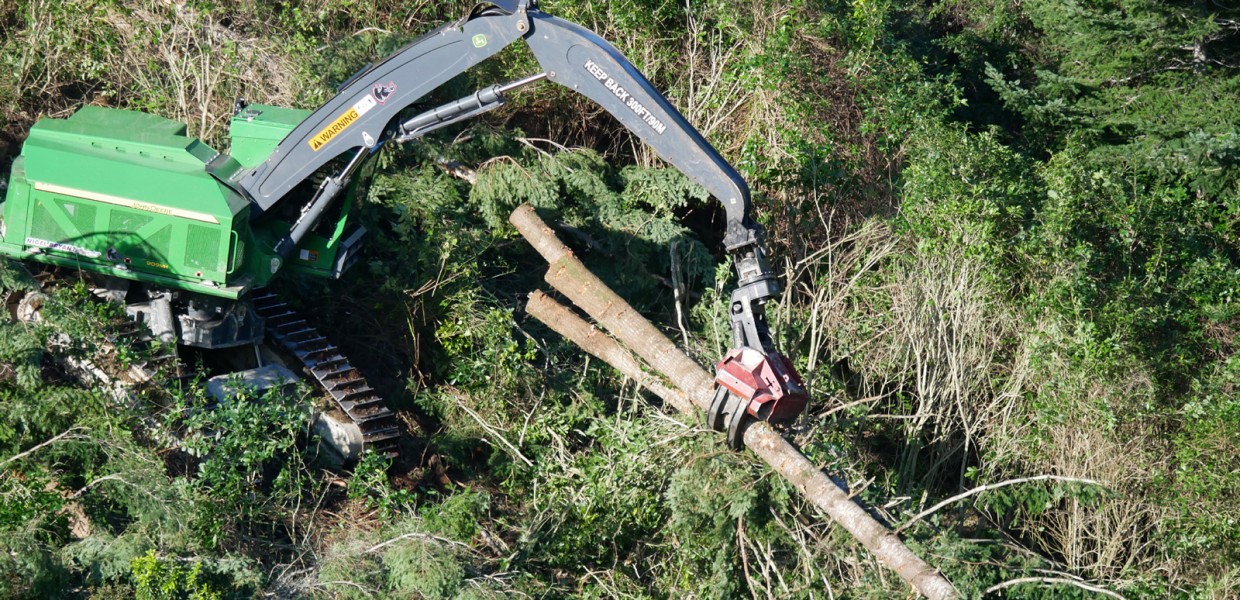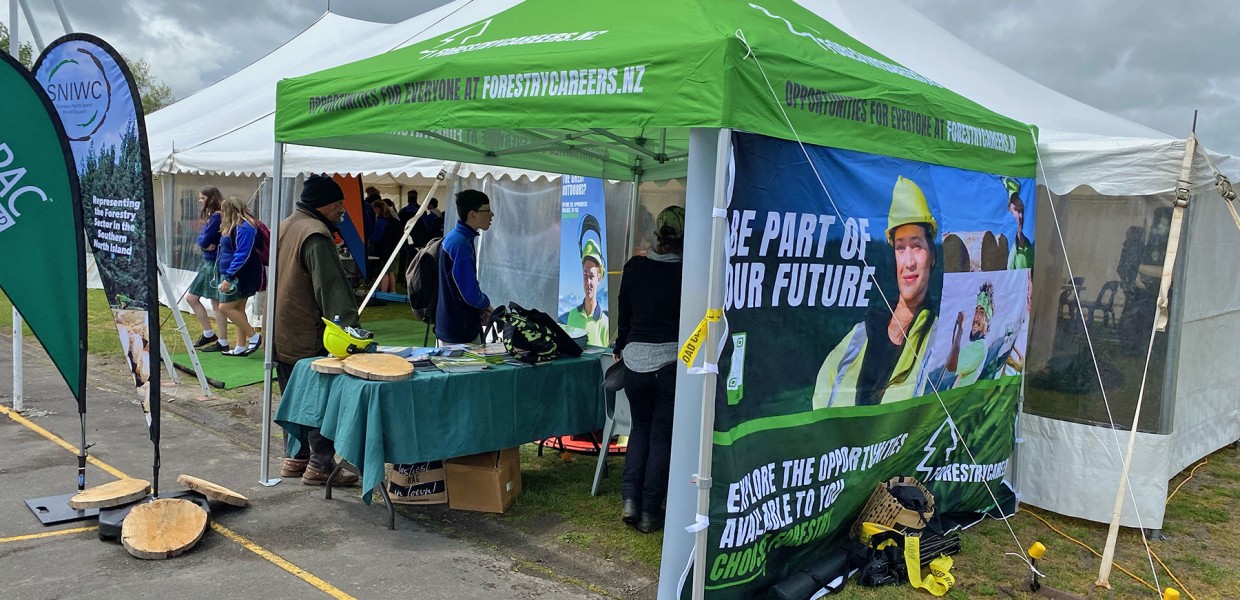13 Aug 2009
The Government’s target for reducing net carbon emissions is achievable with the assistance of significant new investment in forest planting, the Kyoto Forestry Association (KFA) said today. The association said private investors had the capability to deliver a massive new area of planting.
KFA spokesman Roger Dickie said that, in 1990, New Zealand had net annual emissions of 44 million tonnes, which has risen to approximately 55 million tonnes. By 2020, the Government would like our annual net emissions to be no more than 40 million tonnes and preferably less.
Mr Dickie said newly-planted forestry could deliver annually 25 million tonnes of additional new carbon sequestration by 2020.
“In the eight years from 1992 to 1999, New Zealand achieved an average of 65,000 hectares of new forest planting per annum, and almost all of this was funded by private investors,” Mr Dickie said.
“In the peak years, 84,000 hectares and 98,000 hectares were planted. Each hectare of Kyoto compliant forest can sequester 25 tonnes of carbon per annum, so that if 1 million hectares of forest was planted by 2020 then 25 million tonnes of CO2 per annum could be sequestered.”
Mr Dickie said the KFA has consulted with a wide range of forestry investors on the issue. “The message we have clearly received is that if new planting is to get underway the industry will need finality to the ETS legislation and the knowledge that government will not interfere with forest policy in the future,” he said.
“In particular, forest investors will need to know there will be no artificial price caps placed on the price of the credits they sell and that the credits they earn can be internationally tradable.”
Mr Dickie said that a free-market carbon forestry approach would most likely see different and longer-lasting species planted, average rotation length being increased and a continuing interest in new forest planting particularly using species with high sequestration rates.
“New forest planting will ensure that New Zealand can meet its emissions targets and give us credibility in the global community. It would benefit the entire New Zealand population and economy by way of increased employment opportunities in provincial areas, enhanced water quality, increased biodiversity, erosion control on our poorer quality hill country, flood mitigation in fertile lowland areas and increased recreational opportunities,” Mr Dickie said.






